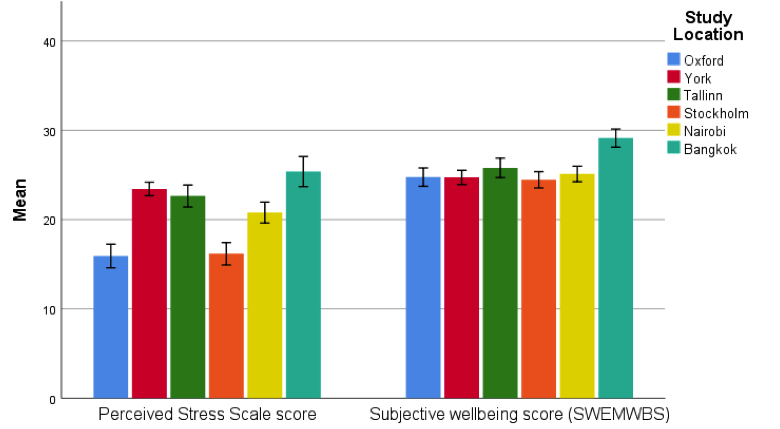City Know-hows

Cities can build stronger, healthier, and more resilient communities by tailoring resilience strategies to the unique vulnerabilities and strengths of each neighbourhood. This approach ensures resilience is integrated into both emergency response and the long-term development of urban areas.
Share
Target audience
Public health practitioners, urban planners, (international) non-profit organizations working on urban resilience and health
The problem
Urban neighbourhoods are facing growing challenges from increasing threats like pandemics and extreme weather events that affect both the physical and mental health of the population. Integrating resilience-building efforts into public health planning by leveraging existing community resources can enhance the ability of the population to withstand and recover in an effective and efficient manner. However, tools for regular assessment are needed to guide decision-making.
What we did and why
In a team of researchers and municipal Public Health practitioners, we developed an indicator and included various urban planning dimensions relevant to public health to assess the resilience of urban neighborhoods. By using openly available data and established frameworks, we mapped the results in a case study to identify areas in need of intervention.
Our study’s contribution
Our study provides empirical evidence for assessing resilience in urban neighbourhoods, with a particular focus on health-related challenges. We discuss the benefits and challenges of integrating resilience into public health, address limitations in the use of indicators, and call for further research to improve these methods and increase their effectiveness. We also show that resilience strategies should be tailored to the specific vulnerabilities and strengths of individual neighbourhoods, rather than applying a one-size-fits-all approach.
Impacts for city policy and practice
Using indicators as tools can provide evidence to guide action and to ensure that interventions are targeted and effective. Our indicator is a simple and straightforward method that can help foster collaboration across various sectors to engage all relevant stakeholders in building resilience to emerging public health challenges. Cities can use the resilience indicator to better understand which neighbourhoods are most at risk and to allocate resources efficiently by identifying their specific needs. Furthermore, our approach can be adapted for use in other cities worldwide, offering a flexible solution for different urban contexts.
Further information
Full research article:
How to assess neighbourhood resilience in the context of public health emergencies? Insights from an indicator assessment in Berlin-Neukölln, Germany by Georgianna Manafa, Tillman Schmitz, Jeffrey Butler, Alexandra Roth, Nicolai Savaskan, Blake Byron Walker and Tobia Lakes.
Related posts

The foundation of children’s active lifestyles rests upon parents’ contentment with urban green spaces. This underscores the vital role urban planners and designers play in addressing parental concerns within these areas, thus amplifying children’s outdoor play and self-reliant exploration.


Transportation planners and transit authorities must gain a better understanding of the passenger and ridership experience for those specific demographics who frequently use their services. This understanding can inform future improvements and help transit authorities work towards Universal Design.